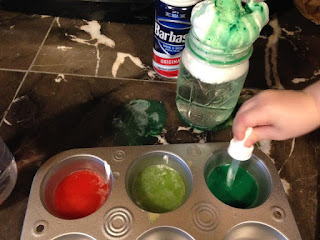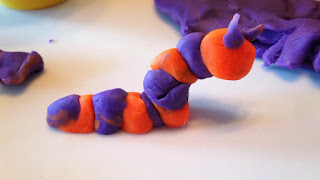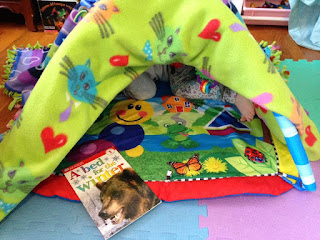Weather Part 2: Storms


Nature turned out to be highly supportive of our weather studies today, and obligingly gave us rain for our "storm" day! We talked about the three main components of storms: temperature, air, and water. Naturally, there was a Magic School Bus episode that highlighted this quite perfectly. Ms. Frizzle really is a wonderful scientific resource. There are many interesting (and terrifying) kinds of storms to learn about: tornados, hurricanes, sandstorms, blizzards...the list goes on. Of course, there's always just a good thunderstorm, too. We talked about not only their destructive powers, but how they are beneficial to ecosystems.
Books
- National Geographic Kids Readers: Storms by Miriam Busch Goin
- Clifford y la Tormenta por Norman Bridwell
- The Magic School Bus Inside a Hurricane by Joanna Cole
- A Letter to Amy by Ezra Jack Keats
- Cloudy With a Chance of Meatballs by Judi Barrett
Video: The Magic School Bus Kicks Up a Storm (on Netflix)
Activities:

- Outdoors: Splash in Puddles: I mean, when you are studying storms, and it happens to rain outside, how can you not?
- Experiment: The classic tornado in a bottle. We bought the attachment to screw two empty Coke bottles together. We filled one most of the way with water, and then added a little bit of glitter. The glitter made the tornado even more visible, and it was fun to watch it spin around. Also, it was representative of the fact that tornados can pick up objects (like trees, dirt, rocks, cows...). I put the experiment on a cookie sheet covered in paper towel, since our tornado maker turned out to be a bit leaky.
- Pretend play: Spin around and pretend you are tornados. Pick things up and randomly set them down elsewhere. Twister noises open to interpretation.
- Experiment: Storm in a Jar. Found this one on Pinterest. https://creativepreschoolresources.wordpress.com/2012/03/12/w-is-for-weather All you need is a glass jar, water, shaving cream, paint, and a pipette or eyedropper (or even a straw). Then you can demonstrate how a cloud accumulates moisture until it becomes too heavy, and then falls as precipitation.



















































